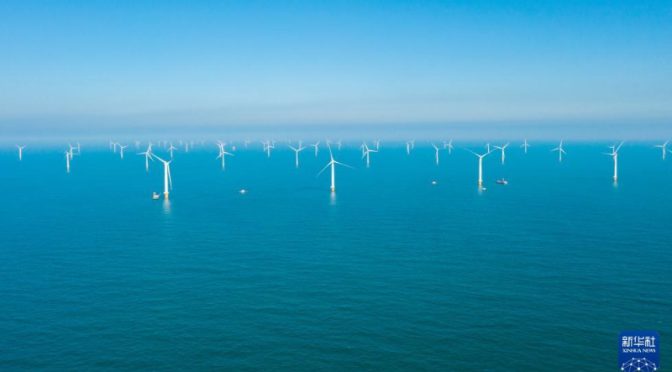The potential of offshore wind energy in Latvia has remained largely untapped, despite the country’s strategic location on the eastern coast of the Baltic Sea. With a coastline stretching over 500 kilometers, Latvia has the opportunity to harness the power of wind energy to meet its growing energy demands and contribute to the European Union’s ambitious renewable energy targets. As the world moves towards a more sustainable energy future, it is essential for Latvia to explore the potential of offshore wind energy and invest in the necessary infrastructure to capitalize on this valuable resource.
The European Union has set a target to achieve 32% of its energy consumption from renewable sources by 2030, and offshore wind energy is expected to play a significant role in meeting this goal. Offshore wind farms have several advantages over their onshore counterparts, including stronger and more consistent wind speeds, which result in higher energy production. Additionally, offshore wind farms are less likely to face the same level of opposition from local communities, as they are often located far from populated areas and have minimal visual impact.
Latvia’s geographical location on the Baltic Sea provides the country with an ideal environment for offshore wind energy development. The shallow waters of the Baltic Sea, coupled with favorable wind conditions, make it an attractive location for the installation of wind turbines. Moreover, the Baltic Sea has been identified as one of the most promising regions for offshore wind energy in Europe, with the potential to generate up to 93 GW of electricity, according to a study by the European Commission.
Despite these favorable conditions, Latvia has been slow to develop its offshore wind energy sector. Currently, there are no operational offshore wind farms in the country, and only a few projects are in the planning stages. One such project is the 600 MW Saaremaa offshore wind farm, which is being developed by a consortium of Latvian and Estonian companies. The project aims to install up to 100 wind turbines in the waters between Latvia and Estonia, with a total investment of approximately €1.5 billion.
The development of offshore wind energy in Latvia faces several challenges, including a lack of experience in the sector, limited financial resources, and a complex regulatory environment. However, these challenges can be overcome through a combination of government support, private investment, and international cooperation. The Latvian government has already taken steps to promote the development of offshore wind energy, such as the establishment of a dedicated Offshore Wind Energy Working Group in 2019. This group is tasked with identifying suitable areas for offshore wind development and creating a regulatory framework to support the sector.
In addition to government support, international cooperation will be crucial for the successful development of offshore wind energy in Latvia. The Baltic Sea region has a strong tradition of cross-border collaboration, and several initiatives are already underway to promote the development of offshore wind energy in the region. One such initiative is the Baltic Sea Offshore Wind Forum, which brings together representatives from the governments, industry, and academia of the Baltic Sea countries to share knowledge and best practices in offshore wind energy development.
In conclusion, the potential of offshore wind energy in Latvia is vast and holds the promise of contributing significantly to the country’s energy mix and the European Union’s renewable energy targets. By overcoming the challenges facing the sector and leveraging the support of the government and international partners, Latvia can unlock the full potential of its offshore wind resources and become a leader in the sustainable energy transition.


